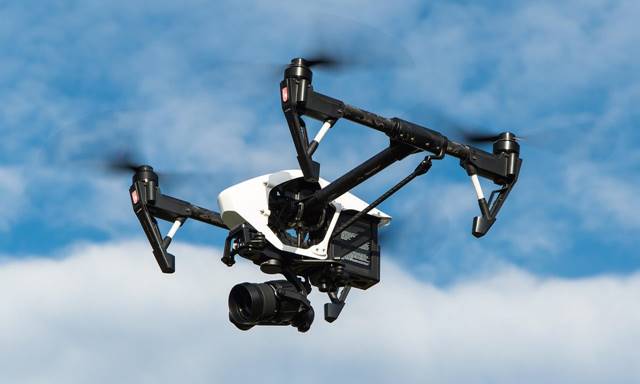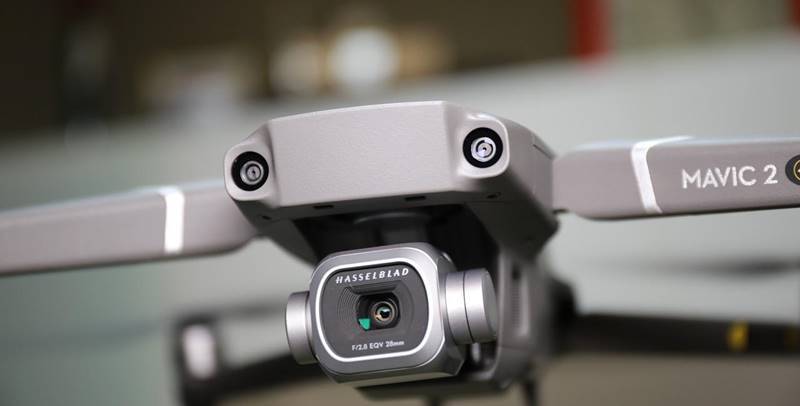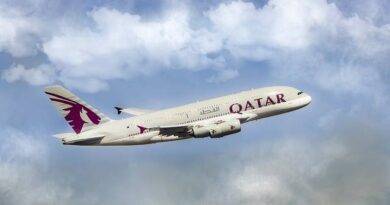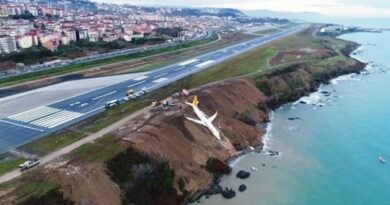The rise of Drones and Their Impact on Aviation
The rise of drones has been one of the most significant technological advancements in recent years. They have quickly become popular for their versatility and ease of use, making them a useful tool for many different industries. However, the widespread use of drones has raised concerns about their impact on aviation safety and security. To address these concerns, the International Civil Aviation Organization (ICAO) and the Federal Aviation Administration (FAA) have taken steps to regulate drone use and ensure that they do not pose a risk to aviation.
ICAO perspective
From the ICAO perspective, drones have been classified as Remotely Piloted Aircraft Systems (RPAS), which are subject to international regulations. The ICAO has established standards for the operation of drones in order to ensure their safe and secure integration into the aviation system. This includes requirements for the design, production, and operation of drones, as well as the certification of pilots and operators.
In addition, the ICAO has established a global framework for the use of drones for commercial purposes. This includes guidelines for their use in areas such as air traffic management, airworthiness, and air navigation services. The ICAO has also established a global safety and security framework for the use of drones, which includes measures such as identifying and tracking drones in flight and controlling their movements in order to prevent them from entering restricted airspace.
FAA perspective
The FAA has also taken a proactive approach to regulating drone use in the United States. The FAA has established a comprehensive set of regulations for the use of drones, which include requirements for their registration, certification, and operation. The FAA also requires that drones be equipped with specific technologies, such as GPS, in order to help them fly safely and avoid other aircraft.
The FAA has also established a drone integration program, which aims to promote safe and secure integration of drones into the aviation system. This includes the development of technologies that allow drones to fly safely in close proximity to other aircraft and to avoid obstacles such as buildings and power lines.

Local Authorities Regulations
In addition to international regulations set by organizations such as the ICAO and FAA, many countries have also established their own local regulations for drone usage. These regulations vary depending on the country and the intended use of the drone.
In the United Kingdom, the Civil Aviation Authority (CAA) has established a set of guidelines for the safe operation of drones. These guidelines include restrictions on where drones can be flown, such as near airports or airfields, and requirements for the registration of drones.
In Australia, the Civil Aviation Safety Authority (CASA) has established regulations for the use of drones, including requirements for the registration of drones, the certification of pilots, and the design and production of drones.

Stay Up-To-Date !
It is important to note that local regulations for drone usage may change over time as technology and the use of drones evolves. Therefore, it is important for drone users to stay informed about the latest regulations and guidelines for their specific location.
In conclusion, the rise of drones has had a significant impact on aviation, both in terms of safety and security. The ICAO and FAA have taken steps to regulate drone use and ensure that they do not pose a threat to aviation. Through the development of international regulations and safety frameworks, the use of drones can continue to grow while also ensuring that they are integrated into the aviation system in a safe and secure manner.


